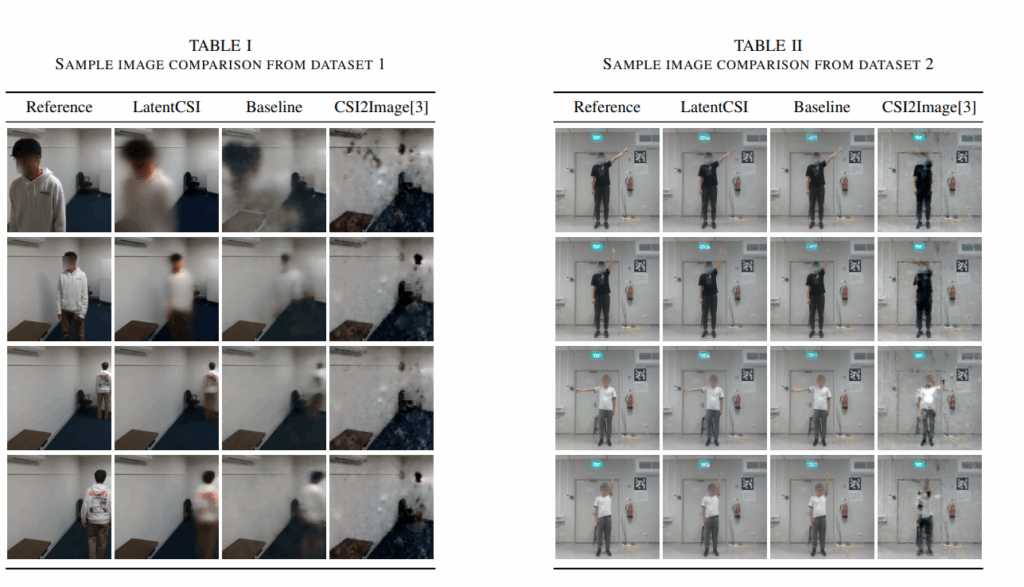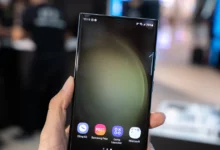AI turns Wi-Fi router signals into photorealistic images of a room

Wi-Fi devices around us are constantly exchanging signals, creating a continuously resonating space in which radio waves take on an almost spatial awareness. Because the signals are reflected not only between transmitter and receiver, but also from walls, furniture, and other objects in the room, they carry information about the location of these objects. This echo data is called Wi-Fi CSI (Channel State Information). Previously, they were only able to build rough schematics of rooms, but now, thanks to AI, the accuracy has improved dramatically.
Researchers at the Tokyo Institute of Science have developed a method that combines latent diffusion models with Wi-Fi CSI to generate highly detailed images of any room. Such images are not only accurate, but also generated efficiently. Previously, CSI-based methods only produced primitive results – due to lack of data and high computational costs. This is where AI comes to the rescue, which “fills in the gaps” by making images photorealistic. This is achieved by converting CSI into latent space instead of pixel space, hence the name of the method – “LatentCSI”.

Pixel space is conventional images with a lot of raw data. Latent space is a compressed internal representation of an image that is used by modern image generators such as Stable Diffusion. LatentCSI converts Wi-Fi CSI data into latent space, then passes it to a pre-trained diffusion model, which generates high-resolution images that reproduce details and textures not available to be captured by Wi-Fi signals. The researchers used Stable Diffusion 3 with a modified encoder that accepts Wi-Fi data instead of conventional images, making the process much faster and less resource-intensive.
The key word here is “pre-trained.” The researchers first took photos of the room and trained the model on those photos, meaning the model already “knew” what the room looked like. This way, the AI does the bulk of the work, and the CSI Wi-Fi provides information about the current state of the room – how many people are present, where they are, and how objects are arranged. For more details, you can check out the full research paper.
However, LatentCSI has limitations: while it is a significant improvement over previous visualization methods over Wi-Fi, it only works with pre-trained models that have a deep understanding of the specific environment. You can’t just send router data to your ISP and expect it to generate an image of your room. Given that some modern modems are already capable of motion tracking, it’s easy to envision potential privacy issues. Even when considering positive usage scenarios, it all comes down to surveillance issues. The future may be on its way – but for now, this is just a lab demonstration.
Читай нас в Google News | Telegram | Facebook | Twitter

